Retro Face-Off: Grand Theft Auto 3
PS2 vs. Xbox vs. PC vs... iPad 2?
Back in October 2001, Rockstar released Grand Theft Auto 3 exclusively on PlayStation 2 and everything changed. A genre was defined by a gameplay formula that still persists to this day, many millions of copies were sold, and a megabucks franchise was born. 10 years later, Rockstar has unleashed a celebratory new version of the game for iOS and Android mobile devices - so what better opportunity for Digital Foundry to begin its long-threatened Retro Face-Off coverage?
In this article we'll be examining this iOS GTA running on iPad 2, and seeing just how Rockstar has converted it onto mobile platforms, noting the improvements made and perhaps the opportunities missed. We'll also be factoring in the PC version of the game, released seven months after the original in 2002, and most intriguingly of all we'll be examining the classic Xbox conversion, released precisely two years after the original once Sony's exclusivity period had expired.
In our usual Face-Off coverage it's rare that we actually see enormously significant differences between platforms these days. There's seldom any kind of financial imperative in making different versions of the game that utilise the respective strengths of each set of hardware to produce exciting, unique features, so instead it's all about finding a balance. With GTA3 on Xbox though, it was different, and with Rockstar Vienna on development duties the Xbox version was enormously improved over its predecessors on PS2 and PC.
To begin with, the performance issues that plagued the PS2 version of GTA3 were mostly resolved. The Xbox game was far smoother, with fewer frame-rate drops. Rockstar was also able to improve draw distance and reduce some of the glaring pop-in. This alone would have been good enough, but the developers did not stop there.
Here's a comparison of the PS2 and Xbox versions. Note that we've used backwards compatibility here via PS3 and Xbox 360 for HDMI precision quality. Visuals are unaffected for the most part. 360 backwards compatibility playback should invoke 4x multi-sample anti-aliasing, but it appears that both the original game and the emulation both utilise 2x MSAA. [Updated: Thanks to Alex Goh for updated AA information.] This is something of a rarity for Xbox titles where the NV2A graphics core shared a relatively meagre 6.5GB/s of bandwidth with the Intel CPU.
A range of graphical upgrades were introduced to make this the best version of the game yet, thanks in part to the work Microsoft did with the DirectX API in the time between the launch of the original game and the Xbox conversion. Specular lighting was added, allowing for the reflection of light sources on materials such as the metallic bodywork on the vehicles, and these benefitted from reflection maps too, which varied according to the "sheen" of the car itself. Effects work was also boosted - radiosity from fire was more noticeable, particles were enhanced, vehicle headlight effects were improved and water splash effects resulted in drops of fluid scattered over the game camera.
The X-Factor
But perhaps the biggest upgrade came in terms of detail. GTA3 on the Xbox saw a significant rise in polygon count, and every character in the game benefitted from more detail - main protagonist Claude now had fingers rather than club fists - while vehicles were similarly boosted, as under-bonnet engine detail was now modelled in full 3D rather than being flat textures, and wheels were significantly more round.
Although not quite so wide-ranging, environmental detail was also improved - vegetation and trees in particular standing out, but building enhancements were evident too, not just in terms of detail but also in shadowing. Even audio got an upgrade with higher frequency, better-quality output (44KHz 16-bit stereo vs. a mixture of 32KHz and even 16KHz stereo sound on PC).

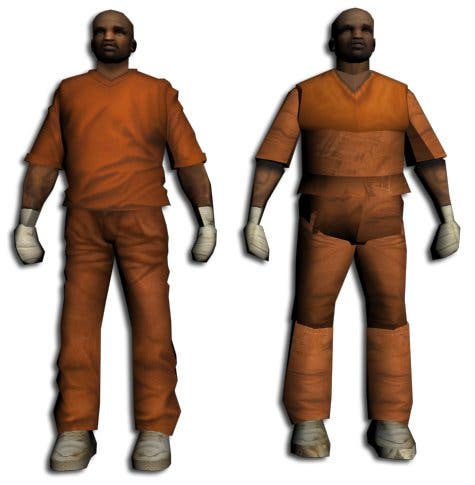
The icing on the cake? Texture work on the Xbox version operated in a significantly higher resolution compared to PC and PS2, and in some cases the improvements are revelatory. While many of these enhancements never made it across to the PC version, it does appear that later Steam versions of GTA3 did sneakily drop in some of the enhanced assets, though not all of the effects were implemented, leaving it to plucky PC modders to go the extra mile.
However, despite the improvements of the GTA3 Xbox Mod, and the upgraded Steam version, to this day it remains the case that Xbox owners retain the best-quality version of the game. There's also the added benefit that the game is backwards compatible on Xbox 360, and in common with all original Xbox titles, the emulated version gets 4x multi-sample anti-aliasing by default (but alas frame-rate takes a hit).
In short, in releasing the tenth anniversary mobile version of GTA3 this week, Rockstar had the raw building blocks to create the best version yet - the ability to marry up the enhancements made by Rockstar Vienna for the Xbox version with the ability to run the game at much higher resolutions, like the old PC game. Potentially a match made in heaven, and the definitive version of what has become one of the beloved releases of its era.
Mileage may vary - we played the iOS version on iPad 2, and apparently the game pares down visuals on less powerful hardware - but it seems as though this new tenth anniversary edition is an intriguing mixture of the old, the very old and the new. There are elements that both surprise and indeed disappoint.


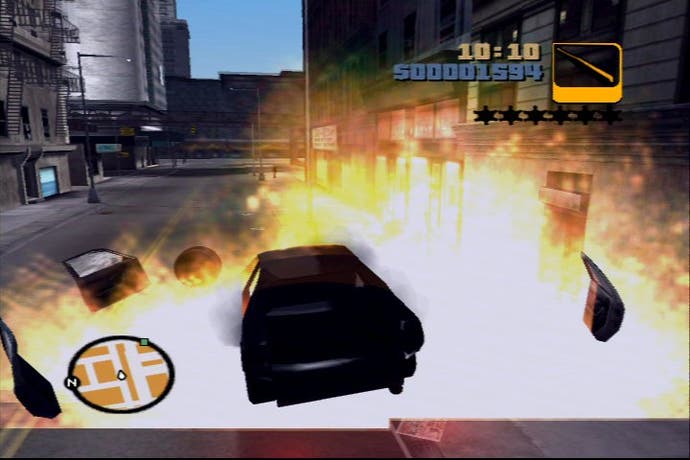
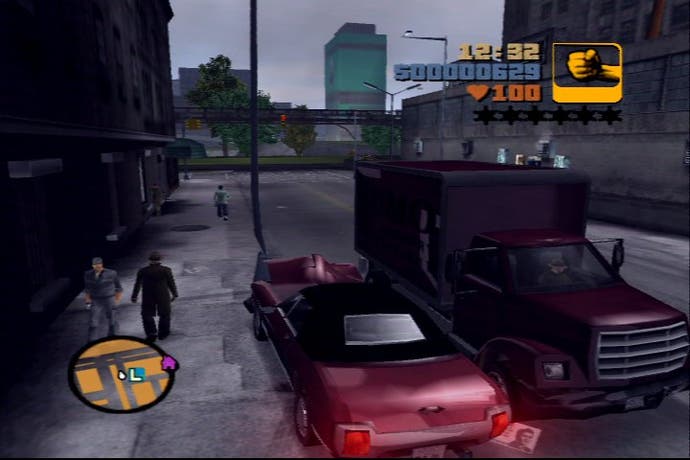
GTA3 Mobile: An Enhanced PC Port?
Make no mistake though, if what you are looking for is a portable port of the original game, Rockstar's work here is fine. All the content is present and correct, all the gameplay is there, and some of the advantages of the host platform do shine through. For example, simply transitioning to flash RAM away from optical discs means that loading is far faster than the old console games. On iPad you also get the native 1024x768 resolution - not exactly HD but obviously an enormous improvement over the 640x480 of the Xbox game.
Clearly, the controls are a major point of contention. The touch-screen uses a combination of customisable buttons and a dynamic touch-based "joystick" for walking about, akin to the arrangement seen in Geometry Wars on iPad among other games. The control scheme changes again when in-vehicle, with the joystick gone in favour of simply left and right buttons, which make driving far more challenging and often rather annoying.
We're told the Android version is pad-compatible though, and that the Xperia Play's digital controls are supported (although button decisions are odd - shoulder buttons for accelerate and brake?) but the bottom line is that little thought has been put into how the game could have been customised with a bespoke touch-screen interface. Why not tap enemies to shoot them, or touch cars to enter them?



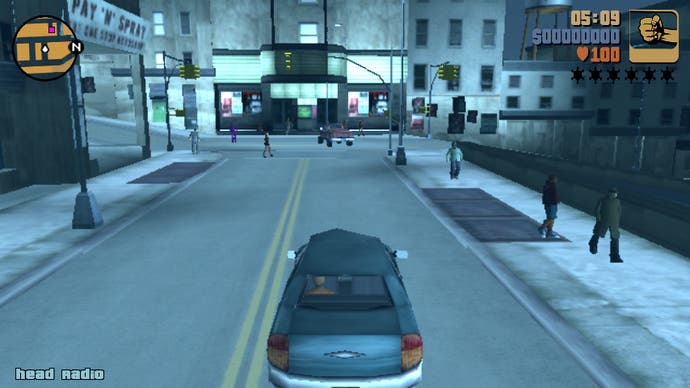
Elsewhere, the good news is that Rockstar has made some improvements that reflect the way games are designed these days. Unlike the original, the new version auto-saves, and the option is there to replay missions should you fail. Of course, these are simple things that wouldn't have required an enormous amount of developmental effort, but they are very useful bearing in mind that this is a mobile game that is going to be played in somewhat different situations compared to the original releases. It also reflects how much more streamlined and user-friendly games are these days.
Mobile Graphics Analysis
But what of the graphics? Well, let's see how the iPad 2 version compares to the upscaled Xbox game. We've outlined the differences between the original PC/PS2 and Xbox versions, so let's see which elements from which games are found in the new mobile release. Keep a look out for things such as character models, effects, draw distance, textures and environment detail. As a companion piece to this, we also recommend checking out this GTA 3 PS2/iPad comparison too.
The most obvious change is the lighting. Much of the hazy look of the original release has been jettisoned in favour of a brighter, more contrasting aesthetic - perhaps chosen to make the game look cleaner and easier to play in a variety of different locations (it is a mobile game after all). We also note that Rockstar appears to have included the superior higher-poly models of the Xbox version into the new edition - though some of the original cars appear to have made their way in there too, suggesting a mixture of assets.
Textures appear to be a mixed bag, mostly relying on the original PS2/PC art, but with additional complications: the compression system used is really heavy, resulting in an obvious and ugly stippling look to the visuals. It's probably not going to be a problem if you're playing the game on your phone, but it's obvious and noticeable when playing on the iPad.
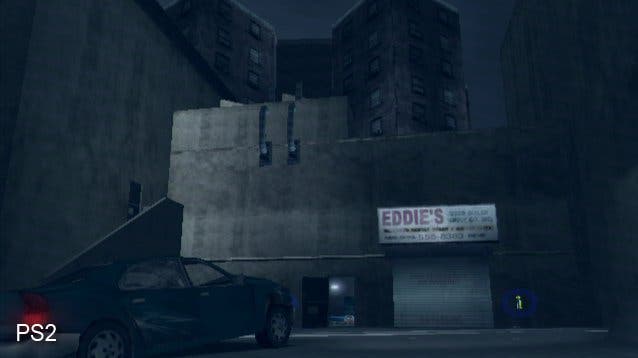
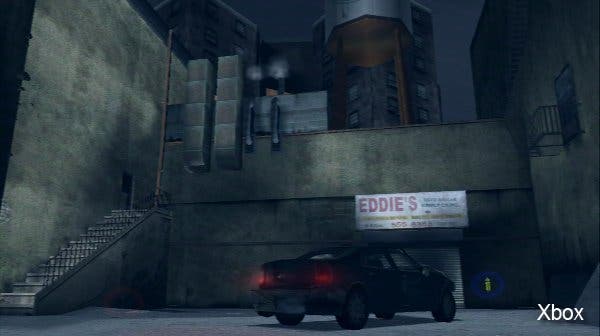
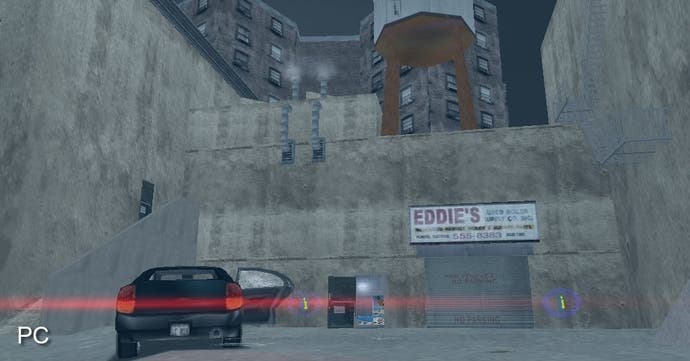
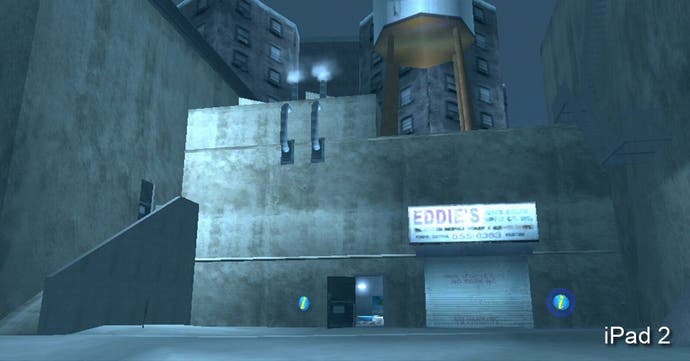
The additional effects work seen in the Xbox version is mostly gone, the specular and reflection components appear to be dialled back, and the increased environmental detail Rockstar Vienna introduced for the GTA Double Pack appears to have been applied sparingly - some of it is there, but a lot of it is missing. A good example of this is Claude's homebase. A water tower and AC cooling ducts were added to the Xbox version, but only the water tower makes it into the mobile version. The higher-poly foliage and vegetation also appears to be absent.
All told, the reality is that GTA3 mobile - on our iOS version at least - works fine, but feels somewhat unpolished in places compared to the other versions of the game, even the weakest PS2 release. Geometry pop-in is much more pronounced than it is on the legacy versions of the game and ground-based shadows seem to glitch when travelling up hills with steep gradients. Despite offering up the best graphical quality on mobile, the iPad 2's GPU hardware features also seem to be overlooked in some areas. The tile-based deferred rendering setup of the PowerVR graphics core makes 4x multisample anti-aliasing an inexpensive upgrade - something we've seen implemented with much success on Infinity Blade and Real Racing 2 HD - but it's not utilised here and that's a shame.
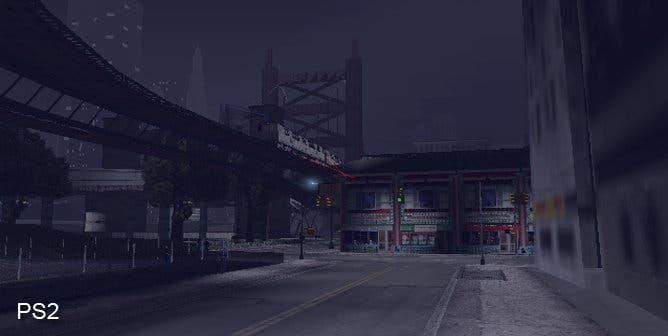
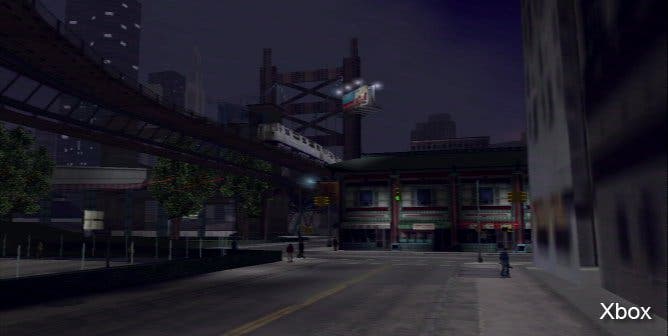
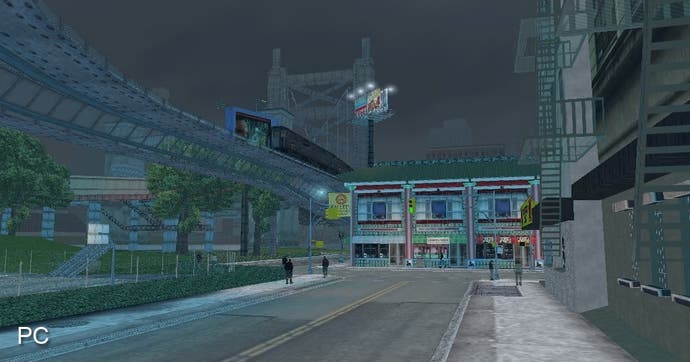
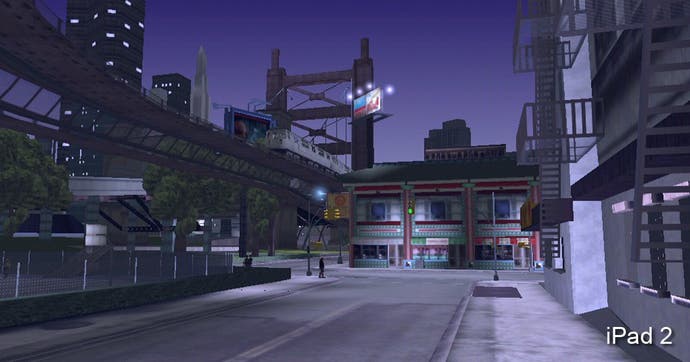
There's an argument that says that for £2.99/$3.99 we shouldn't be expecting the earth, and we should just enjoy the fact that we have a genuinely classic game to enjoy on mobile devices. Fair enough. The flipside of this is that GTA3 is a game that has already generated colossal amounts of revenue, and many people buying the new mobile version will most likely already have contributed to success of the series - they're invested in the game, they're double-dipping and deserve a version that's the best it can be. The product we have here is fine, but not quite the definitive article.
That said, the new release seems to be providing a shot in the arm to the mostly dormant GTA3 modding community, because the mobile version has much in common with the PC game to the point where files, upgrades and tweaks are being injected as we speak. A Jailbroken iOS device is required, but we're hearing reports that no hacks are required on Android.
In the meantime, it's safe to say that the best overall version of the game in "stock" format remains the original Xbox title - even if it's not in HD. Playing via 360 backwards compatibility is OK, but there is a frame-rate penalty compared with the original game which is off-putting, and aspect ratio is broken in widescreen resolutions. That being the case, the upgrades, the portability factor and the prospects of modding make this week's new mobile rendition a highly compelling proposition.
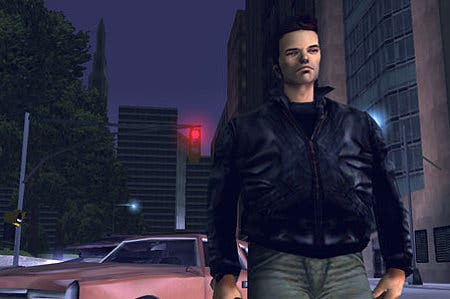



.jpg?width=291&height=164&fit=crop&quality=80&format=jpg&auto=webp)



